From Singapore Girl to Ikea’s ‘gangsters’: Do you remember these 4 types of TV adverts?
What turns a commercial into a cultural phenomenon? The programme On The Red Dot revisits Singapore’s iconic adverts and hears from some of the creative minds behind them to find out.
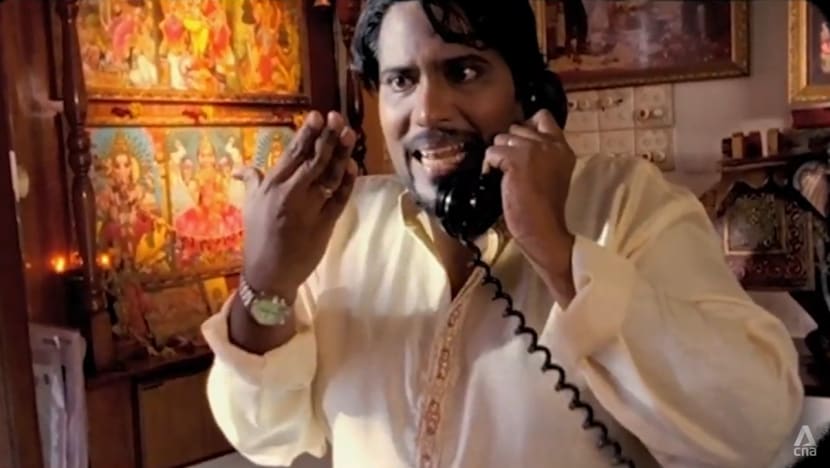
M1’s “Mumbai da, India!” advert was so popular that Singaporeans were recreating it on YouTube.

This audio is generated by an AI tool.
SINGAPORE: When she was growing up, while others used commercial breaks as a chance to dash to the toilet, Irene Ang would be glued to the television screen.
“I was very excited to watch (the advertisements),” the actress-comedienne recalls. “Ads are very, very, very, very entertaining for me.”
In fact, Singaporean TV adverts had a way of embedding themselves in the national psyche, from the elegance of the Singapore Airlines (SIA) stewardesses to earworm fast-food jingles to witty taglines.
These commercials have mirrored and moulded Singaporeans’ sense of identity over the decades. “They’re like that naggy parent but in a good way,” quips actor Chua Enlai, who starred in Ikea’s 2003 “gangsters” advert.
For singer-songwriter Dick Lee, who penned McDonald’s Good Time, Great Taste jingle in 1990, adverts were more than sales pitches. “Ads brought me into a different world,” he says. “(They were) very aspirational.”
WATCH: From Milo to McDonald’s — Do you remember these Singapore TV ads? (45:35)
In the early days, Singapore’s commercials were largely imported from places like Hong Kong, Australia, the United Kingdom and the United States, promoting everyday essentials such as toiletries and dishwashing liquid.
But it was the made-in-Singapore ads, specifically for Singaporeans, that took marketing to the next level and created some of the country’s cultural touchstones.
The secret? These commercials reflected real life, says Jeff Cheong, chief executive officer of advertising agency DDB Singapore. “They took inspiration from the things that we’d experienced and from whatever life experiences we had in a generation.”
The programme On The Red Dot, with its Icons That Made Us series, takes a trip through Singapore’s most memorable TV adverts in an hour-long special, spotlighting the creatives behind them and their impact on local pop culture.
1. THE GIRLS EVERYONE NOTICED
After Singapore separated from Malaysia in 1965 and emerged as an independent nation, it was the iconic women in TV adverts who captured the essence of a young country stepping onto the global stage.
The Singapore Girl advert — featuring a flight attendant in a sarong kebaya — was launched in 1972, the same year SIA was born. It inspired many young girls.
“When I was … growing up, watching those TV commercials of Singapore Airlines showing the stewardesses in the sarong kebayas, … so graceful, so beautiful, I aspired to be one too,” recalls Lim Suet Kwee, who did become one in the 1980s.
And the Singapore Girl was the epitome of service excellence, describes SIA chief commercial office Lee Lik Hsin, which set the airline apart from its competitors.
In the early days of advertising, women were often depicted within domestic confines. But the creation of the Singapore Girl broke these stereotypes, presenting a woman who was always exploring, interacting and engaging with the world beyond.
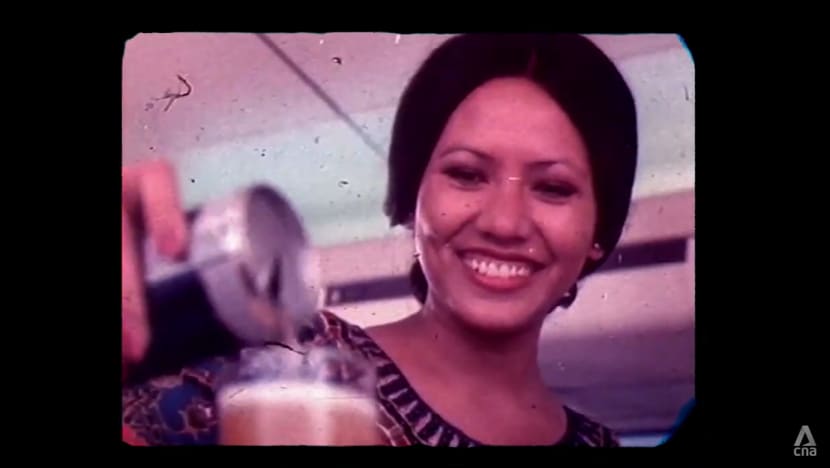
Around the same time, the POSB Girl advert introduced the girl next door.
DBS’ former consumer banking head, Jeremy Soo, says the goal was to project a “friendly, service-oriented, trustworthy” image, with someone who could ease the public into entrusting their savings to the bank, when many people were opening their first accounts.
Nora Kang, who became a POSB Girl in 1972, remembers the relationships she built with customers as they could only visit the branch where they opened their account. “We saw them very often, and we were very close,” she says.
One such customer was a young boy who was “very diligent in saving” and usually came by twice a week, she recounts. “He’d always come to the counter (and say), ‘Auntie, it’s me again. I want to deposit money.’”
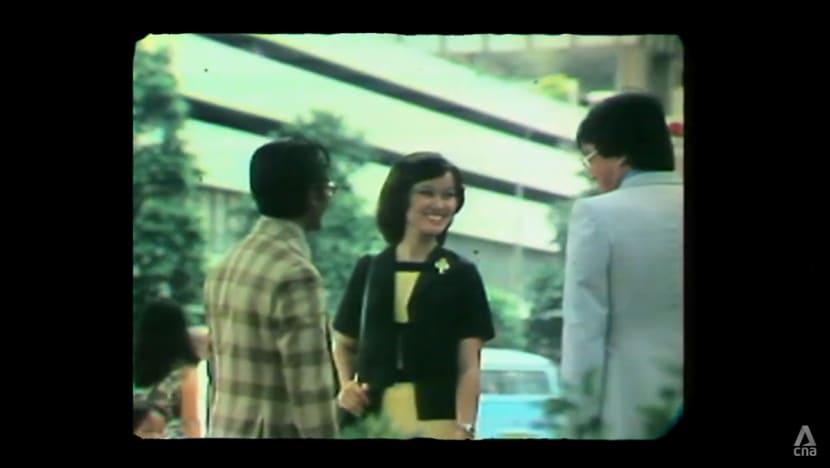
That boy was none other than Dick Lee. “I was very proud of watching (my savings) grow,” he beams. “Definitely, the POSB girl was very iconic.”
And by fostering a culture of thrift, POSB played a crucial role in Singapore’s nation-building, Soo adds.
2. JAUNTY JINGLES
With Singapore transforming into a wealthier nation in the 1980s, disposable incomes rose. So did education levels and awareness of the importance of good nutrition. But options for extra nutrition for the family were limited — so Milo saw an opportunity.
The jingle, “It’s marvellous what Milo can do for you”, was an energetic tune often paired with scenes of youth engaged in sport. The drink quickly established itself as a staple in many households, particularly with children.
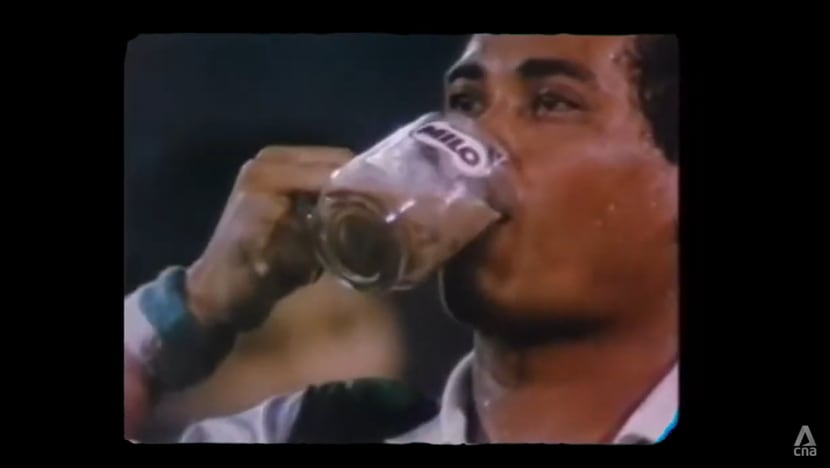
Ang even used to sneak into the kitchen while everyone was asleep and take a spoonful of Milo powder. “Very shiok,” she recalls with humour.
KFC (formerly known as Kentucky Fried Chicken) was also targeting young people. “In the 80s, the school kids … had more pocket money,” composer and jazz pianist Jeremy Monteiro notes, “so they could go to fast-food stores on their own.”
Enter his KFC jingle, “Nothing comes close”, which he deliberately wrote in the post-disco style of music producer Giorgio Moroder.
“The jingle isn’t just a pretty piece of music,” says Monteiro, who reckons he has produced or composed around 700 jingles. “It’s a marketing message set to music.”
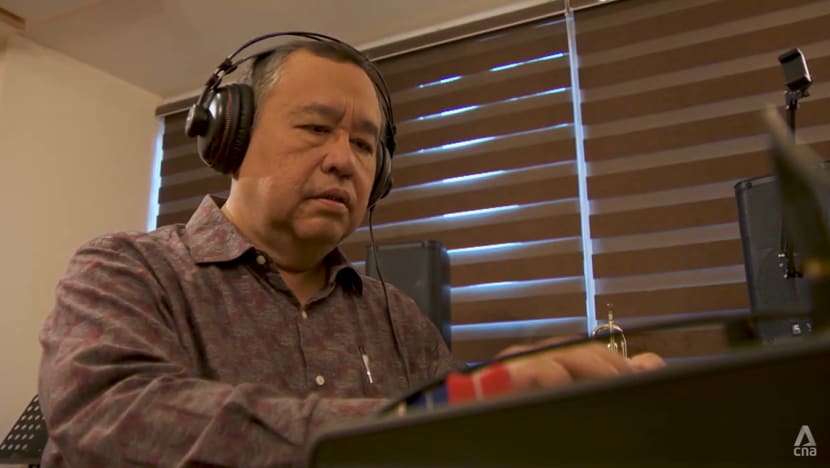
Take the Pizza Hut jingle that wove the delivery number into the melody. Local artiste Benjamin Kheng calls it amazing. “It sounds like a diegetic sound when you're dialling,” he says. “That’s genius in helping you remember the number.”
As food delivery services emerged, Pizza Hut was quick off the mark in trying to sell convenience, says Cheong. “For that to (gain) mind share, … it’s really (about having) a very strong jingle that makes you have the fastest recall.”
3. ICONIC TAGLINES
One of the iconic taglines from Singapore’s ad landscape emerged in another industry, telecommunications, when companies were looking to flaunt their international coverage amid the telco wars.
M1’s 2007 advert gifted the line, “Mumbai da, India!” The advert features an Indian restaurant owner, played by actor Vadivalagan Shanmuga, who is caught off guard by an international order from Singapore.
Unbeknownst to most, the famous line was not scripted. “I was thinking in Tamil when I was doing the skit, so the actions and everything were all in Tamil,” Vadivalagan recalls. “It (came) naturally to me.”

Yee Chang Kang, who directed the commercial, does not think the advert was of a slapstick quality. “It was a slice of life,” he says.
And it soon turned into a household hit as viewers — from parents to children to friends — latched onto its humour and even recreated the skit on YouTube.
Then there was the Ikea advert with Chua as the hapless occupant of a flat who was interrogated by a gangster about the stuff he owed.
His response, “Wo zhen de bu zhi dao” (I really don’t know), was due to his home being in a mess.
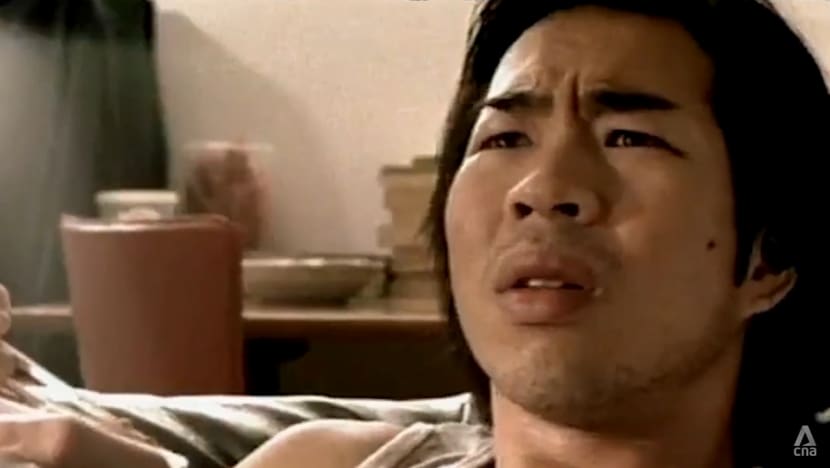
Set in a Housing and Development Board flat, the advert captured the essence of Chinese gangster films while subtly highlighting the importance of storage solutions.
A big part of its charm was Chua’s delivery of the line. He was not just in character, he was mimicking the way his director, who did not really speak Mandarin, had said it.
“That’s why the Mandarin sounded a bit weird,” he says.
But that was what felt familiar to Kheng. “It’s a phrase and style of delivery … that you’d say to your friends — or to my classmates or to my mum and dad,” he says.
“The fact that it was used as … a hook for Ikea was just genius. It felt instantly relatable to a global brand.”
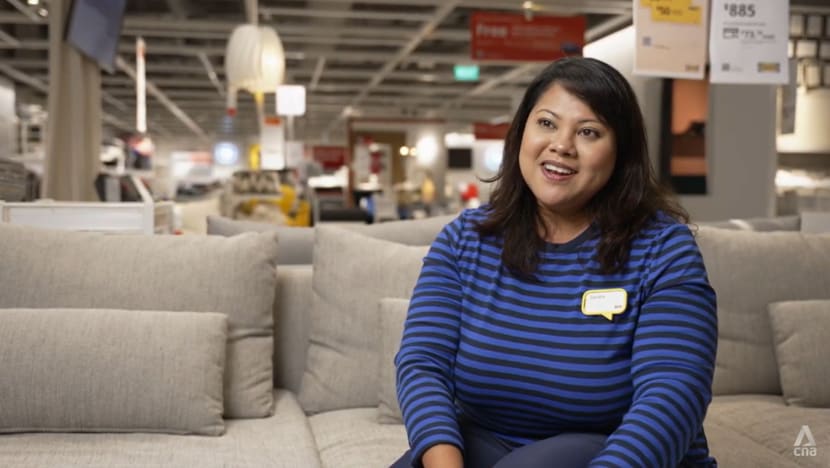
4. GRANDPARENT CONNECTION
Many global brands had begun setting up shop in Singapore in the 1990s. And the key to connecting with locals was to blend in: Speak the language, embrace the culture and feel like part of the community.
For Paul Tan, who directed the 1991 McDonald’s advert, A Day In Singapore, nothing was going to capture audience attention more than the idea of family, especially the bond between grandparents and grandchildren.
That was what endeared his advert, which featured a grandmother and her “hen wan pi” (very naughty) grandson, to consumers. The grandmother, traditionally associated with home-cooked meals, is shown embracing the novelty of having a McDonald’s meal with her grandson.
“The grandma bit resonates,” says Kheng. “She’s really endearing. She’s really cute. It’s something that a grandmother would say when she talks about her favourite grandchild.”
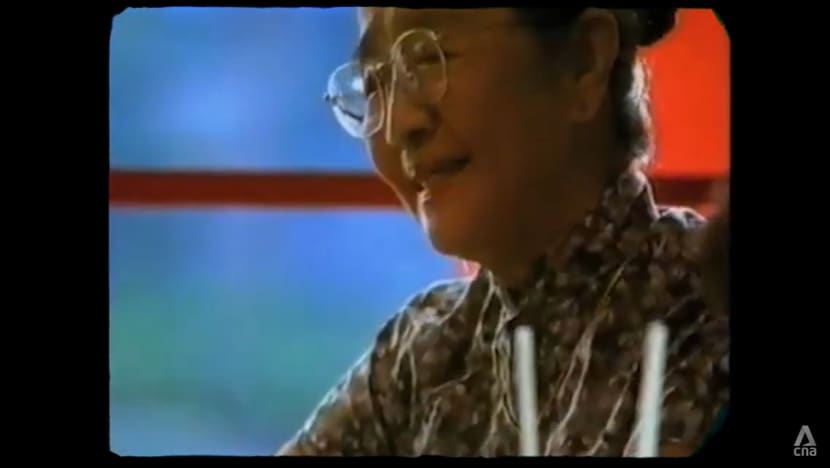
This connection with the older generation was also seen in the 2021 government campaign promoting COVID-19 vaccination.
In it, local celebrities Wang Lei, Marcus Chin and Liu Ling Ling introduced the catchphrase “Vaccinate already?” in Chinese dialects, which many seniors were more comfortable speaking.
“Back (in) August 2021 … one in five seniors aged 70 and above hadn’t booked their vaccination appointment,” highlights Daniel Lee from the Ministry of Digital Development and Information.
So we had to quickly put together a campaign to encourage them to get vaccinated and to also address some of (their) concerns.”
It was like a breath of fresh air for advertising guru Lim Sau Hoong, the brains behind the successful Scotts Emulsion advert (circa 1990s). “(Most Singaporeans) are still ‘ah bengs’ and ‘ah lians’. … We like dialect,” she says.
“It’s been missing (in adverts) for quite a long time.”
The getai-inspired advert also exceeded expectations. Initially intended for seniors, the campaign went viral on TikTok, with young children lip-syncing to the advert’s song.
“(They) don’t even know how to speak a dialect, but they could repeat the words,” says Cheong. “(It) was very heartwarming for us … to be able to produce something that transcends generations.”
The series, Icons That Made Us, honours the films, adverts, TV shows, games and toys that became part of the fabric of Singaporean life. Watch this episode here. On The Red Dot airs on Channel 5 every Friday at 9.30pm.








.JPG?itok=XlFY4hsn)
.JPG?h=2be05324&itok=iKzzkutu)




